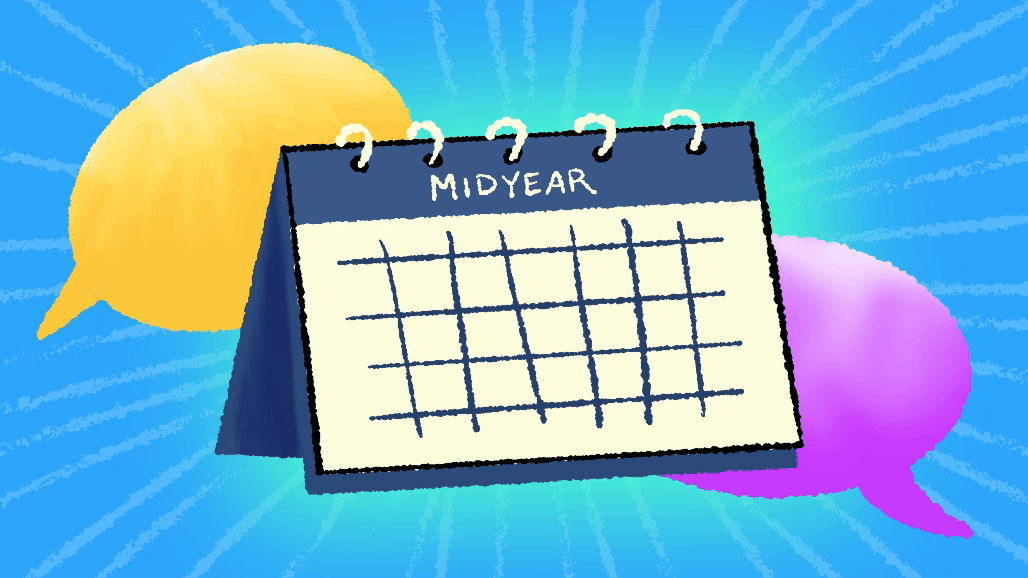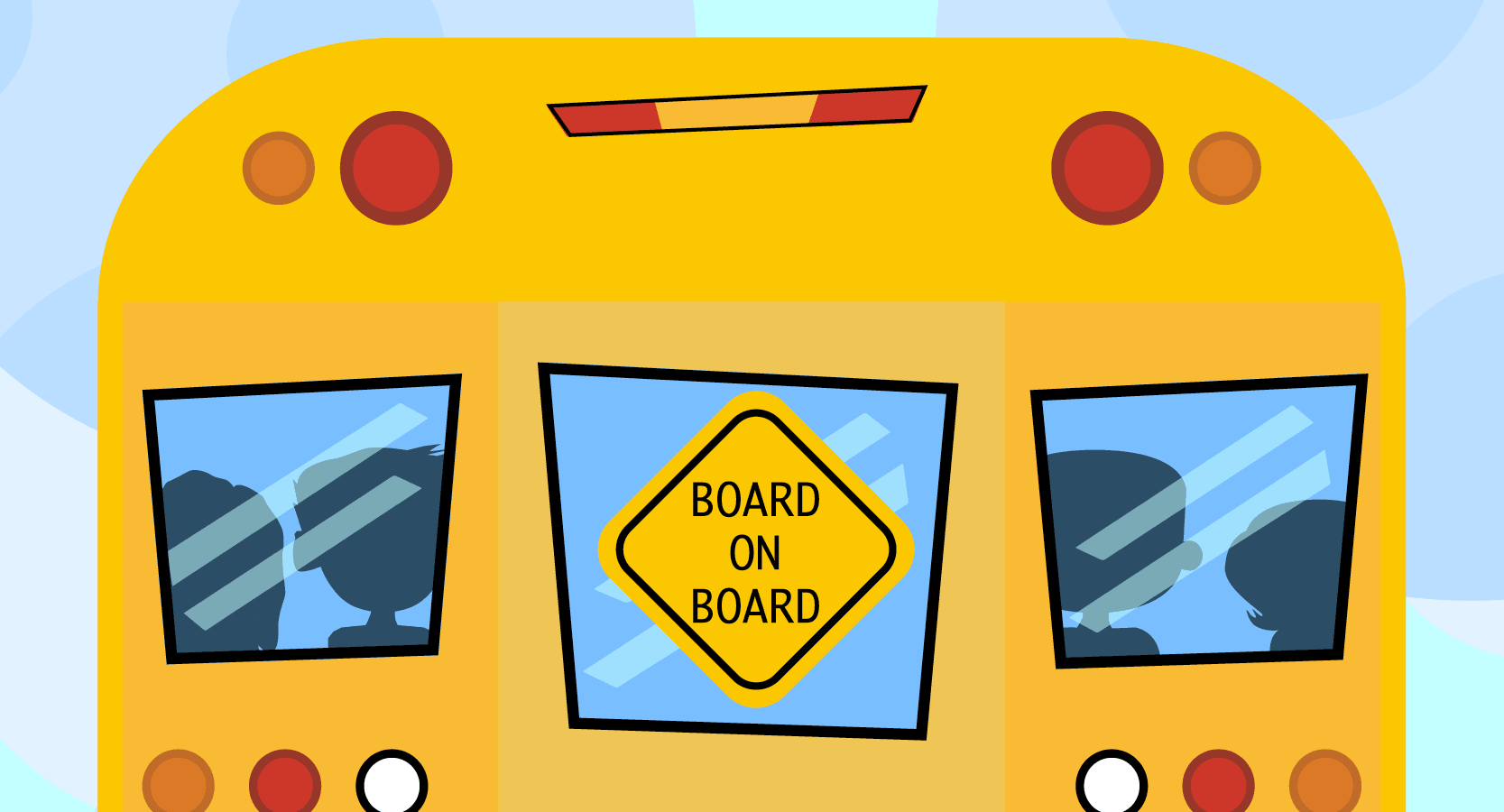
The evolving mental health & behavioral crisis
“My world’s on fire, how ‘bout yours?”To borrow the immortal words of Smash Mouth and The Offspring, the kids (nor the adults) aren’t alright. Times are harsh, and the reactive behavior is on full display in classrooms around the nation. Kids are hurt, and hurt people hurt people. Student behavior is in crisis, and mental health is at the root.
Thanks to remote learning demanded by pandemic response, kids have been reaching social-emotional milestones from behind a screen. They’ve missed opportunities to befriend, navigate conflict, and exist alongside their peers in real life. Teachers are bearing the brunt of this wave of antisocial behavior, and in some cases the situation is grave.
This is an overwhelming problem schools cannot solve alone, but they have no choice but to take action.
Since this challenge spans several years and will take decades to undo the effects of isolation on a generation, all educators can do is focus on the students in front of them and take action one at a time. Building connections with ornery students is no one’s favorite task, but it’s necessary. Students are crying out for connection, real connection.
One year ago in 2023, Advancing K12 wrote: “One solution may center around re-instilling ownership and agency in students. When students can take pride in their work (and school), they feel belonging. Project-based learning is more self-guided with the teacher being able to act as a subject matter expert or wise sage. This skeleton key can also do wonders for our next conversation.”
In giving students agency, teachers help model and guide behavior, skills, and experiences students will need to form and nourish future relationships. Administrators must provide backup as teachers embark on this superhuman task. And they’re not alone—at home, outside the school, parents must heed the call to pitch in as teachers have. Solutions for parent engagement can include parent portals, social media, and other safe school-to-home communication. Lean on behavior management tools in your SIS to track and intervene in behavior challenges before they boil over.
For further reading:
How Behavior Data Helps Retain Teachers
Empathy: A New E for STEAM
Let Kids Be Weird—They Learn Better That Way
Cybersecurity roles and responsibilities
Earlier this year, K12 schools surpassed other entities including hospitals and government agencies to become criminals’ top target for cyberattacks. The perfect storm of priceless PII in student data combined with dwindling funding for security leaves schools as sitting ducks waiting for the next data breach.Cybersecurity is everyone’s job, but it should have an owner as well. With declining budgets and hiring deserts, this is far from an easy fix while threats still loom. School IT leaders need cybersecurity support, stat.
A good strategy to protect K12 school data is:
1. Proactive: Plans are put in place before an attack happens and include backup strategies, responsibilities, PR strategy, and edtech vendor support.
2. Expectant: Plan for “when” an attack will happen, not “if.”
3. People-focused: While data is the target, people are the collateral damage—and your best defense against a network breach.
The time to build or refine your cybersecurity strategy is now. Look to edtech vendors who will be eager to support cybersecurity—after all, having multiple interoperable systems tempt criminals to exploit any overlooked weakness. At the end of the day, K12 cybersecurity falls on every single user’s shoulders, and some can’t even read yet. K12 IT pros have the tricky prospect of training even the tiniest users to embrace multi-factor authentication, dodge phishing emails, and shore up an ever-expanding network as scholars roam off-campus using remote tools. Reach out to vendors for all the help you can get—they’ll be eager to offer support.
For further reading:
Without People, Cybersecurity Falls Flat
4 Essential Security Features for Your Business Office
3 Strategies for Holistic Cybersecurity
AI in classrooms (and everywhere else)
On one hand, artificial intelligence and its smart cousins do provide some interesting insight into the world around us. On the other hand, they represent a wild card in K12 classrooms. There’s no escaping AI tools, especially since they’ve been built into our devices for quite some time already, but as generative AI’s abilities bloom, teachers have been stymied as to how to safely and responsibly incorporate these attention-grabbing tools.Administrators can step in to provide opportunities for professional development, best practices, and protective policies. Students will need to become AI literate, but that doesn’t mean AI has to dominate classrooms.
Creative teachers have already been experimenting with generative AI platforms including ChatGPT, and they’re quick to show students that AI really isn’t smarter than they are. This comparison is great for students, who will need to get to know what they can do with AI. It’s equally important that they recognize what AI can’t do.
As the future of artificial intelligence unfolds, students can spend time studying their own incredible brains and how they work. Metacognition, or thinking about thinking, can help students learn how to learn better than ever and cement their edge over glorified word calculators. There’s never been a better time to showcase student potential.
For further reading:
Why Are We So Worried about AI in Schools?
What Research Says about AI and the Future of Work
Metacognition is the Superpower Students Need for the Future
WHAT'S NEXT FOR YOUR EDTECH? The right combo of tools & support retains staff and serves students better. We'd love to help. Visit skyward.com/get-started to learn more.

|
Erin Werra Blogger, Researcher, and Edvocate |
Erin Werra is a content writer and strategist at Skyward’s Advancing K12 blog. Her writing about K12 edtech, data, security, social-emotional learning, and leadership has appeared in THE Journal, District Administration, eSchool News, and more. She enjoys puzzling over details to make K12 edtech info accessible for all. Outside of edtech, she’s waxing poetic about motherhood, personality traits, and self-growth.




